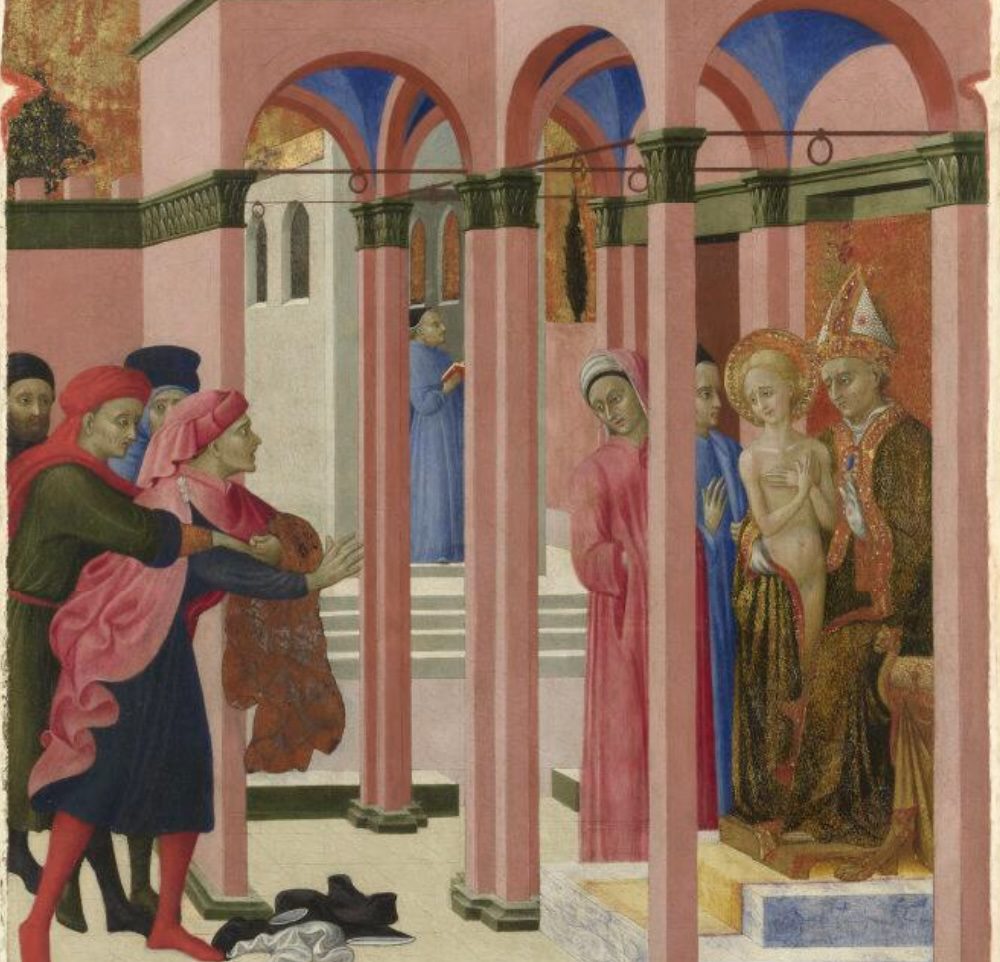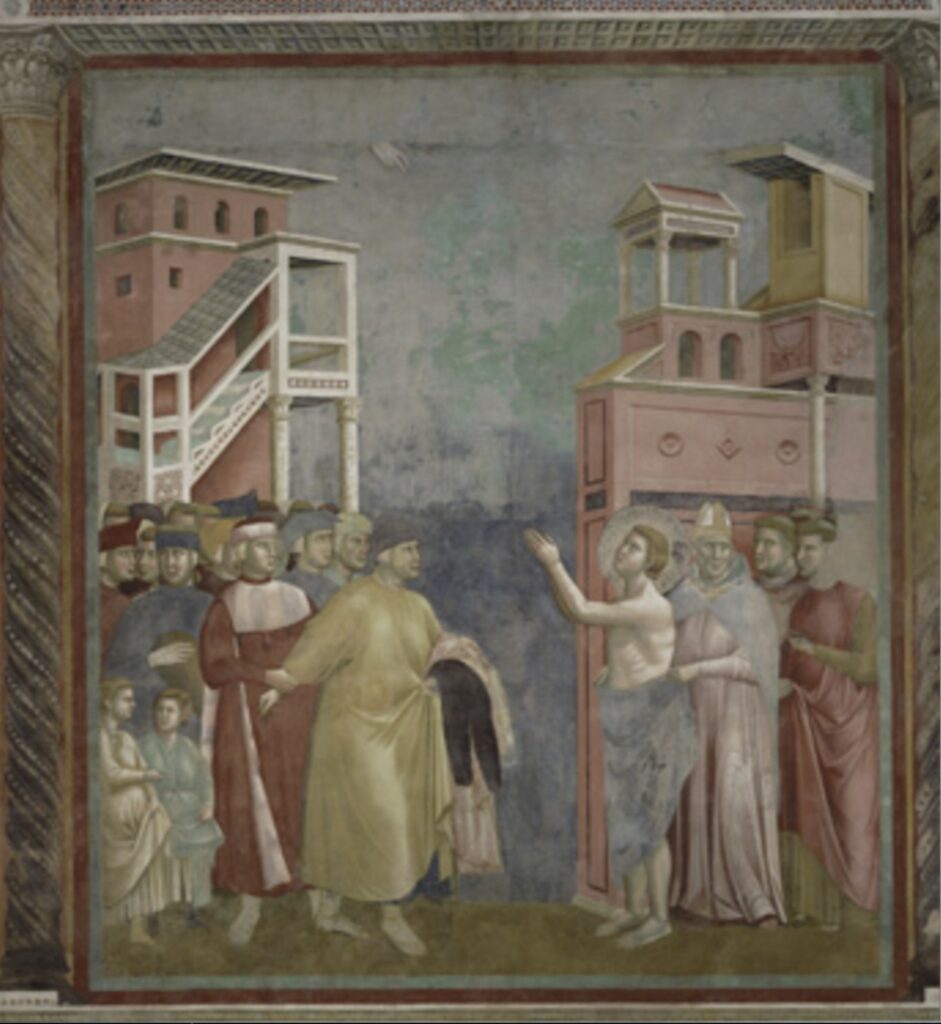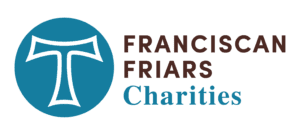
While Francis of Assisi is the patron saint for many causes, including the environment and his native Italy, he could be described as the unofficial patron saint for those with troubled relationships with their fathers.
Peter Bernardone, Francis’ father, doesn’t come off well in the earliest biographies of Francis. Kathleen Brady, a modern biographer of Francis, writes in Commonweal Magazine that theirs was a troubled relationship.
We know much about Francis, relatively little about his father. What we do know is that Peter was wealthy, with some theorizing that his marriage to Francis’ mother put him in control of a family fortune.
And he gave much of his wealth to his son, paying for him to become a knight, ransoming his son when he became prisoner in an Italian city-state war, and apparently nursed him back to emotional and physical health when his boy returned home as a scarred veteran.
What Peter is most famous for, however, is the public rejection of his son after Francis’ conversion. Francis renounced his wealth, and his father didn’t take it well, to say the least. Soon after Francis made a public declaration that he would give all he had to the poor, an early biographer notes that Peter pounced on his son in a fit of rage.
We haven’t heard much about Peter after that painful incident. One wonders: Did Francis later disown his father?
Brady theorizes perhaps not. She cites a story when Francis regularly implored a bishop to preach in his diocese, only to be rejected many times.
“Why do you keep coming back?” the bishop asked him.
“If a father drives his son out of one door, he must come back in another,” Francis replied.
Perhaps that was a veiled reference that Francis had reconciled with his own father, notes Brady. We will probably never know for sure. But on this Father’s Day, it might be worthwhile for all those who might have difficult relationships with their own fathers that Francis of Assisi surely understands the challenge of the Gospel path to reconciliation.

Franciscans all over the world minister to troubled families, counseling and supporting those from all backgrounds. Planned Giving to the Franciscans allows you to make a charitable contribution as part of your overall financial and estate planning, providing support for the Franciscan mission in the modern world, extending the work of the friars of the Province of Our Lady of Guadalupe in in the United States, Puerto Rico, and Cuba, as well as at Franciscan Missions in Jamaica and Africa. You can do this in a variety of ways, including bequests, charitable trusts, life insurance policies, and retirement accounts.
To learn more about how you can help the Franciscan Friars help our poor and marginalized sisters and brothers with your legacy gift, contact Bro. Paul O’Keeffe, OFM, via email at pokeeffe@friars.us or by calling 646-766-1561.

